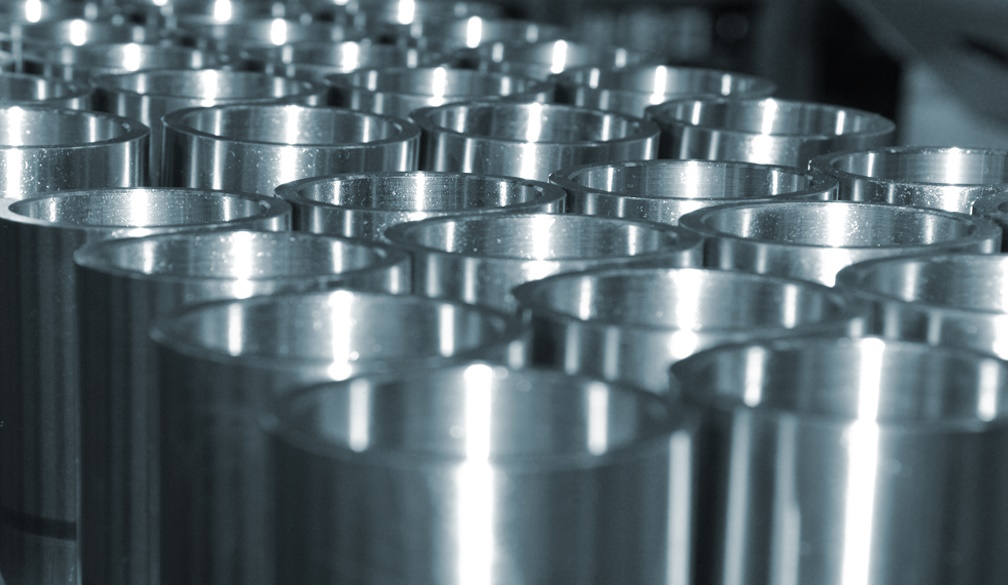Understanding Hard Chrome Plating: Its Uses, Benefits, and Process

Image by onlyyouqj on Freepik
Hard chrome plating is a specialized surface treatment widely used across industries for enhancing the durability and performance of metal components. If you are exploring options to improve the wear resistance, corrosion protection, or lifespan of metal parts, understanding hard chrome plating is essential. This blog will explain what hard chrome plating is, how it works, its main benefits, and typical applications to help you grasp why it remains a trusted choice in manufacturing and maintenance.
What is Hard Chrome Plating?
Hard chrome plating involves applying a thick layer of chromium onto the surface of a metal object through an electrochemical process. Unlike decorative chrome plating, which is primarily thin and focused on appearance, hard chrome is deposited in thicker layers—usually between 0.001 inches to 0.010 inches (25 to 250 microns). This thicker coating provides substantial protection and improves mechanical properties without sacrificing the original dimensions of the part significantly.
The process is carried out by immersing the metal part in a chromic acid solution and applying an electrical current. This causes chromium ions to deposit uniformly onto the surface, creating a hard, dense, and smooth coating.
Key Benefits of Hard Chrome Plating
The popularity of hard chrome plating stems from the significant advantages it offers in enhancing metal parts. One of the primary benefits is increased hardness and wear resistance. The chromium layer significantly reduces surface abrasion, extending the working life of components exposed to friction, heavy use, or harsh conditions.
Another major advantage is corrosion resistance. The hard chrome coating protects metals such as steel and iron from oxidation and rust, especially in environments prone to moisture, chemicals, or extreme temperatures. This makes it ideal for parts in automotive, aerospace, and industrial machinery sectors.
Hard chrome plating also improves surface lubricity, reducing friction between moving parts. This can lead to smoother operation and less energy consumption in mechanical systems. Additionally, the coating often restores worn parts to precise dimensions, saving costs on replacements.
Typical Applications of Hard Chrome Plating
This surface treatment finds use in a variety of industries where durability and precision are critical. In automotive manufacturing, hard chrome plating is commonly applied to engine components, pistons, and cylinders to improve wear resistance and maintain smooth operation.
In the manufacturing sector, hydraulic cylinders, rollers, shafts, and molds benefit from this coating to extend their service life and reduce maintenance frequency. The aerospace industry uses hard chrome plating on landing gear parts and other components that require both corrosion protection and mechanical strength.
Even heavy machinery and mining equipment use this plating to protect against harsh abrasive conditions, ensuring that key parts continue to function under extreme stress.
How Hard Chrome Plating is Performed
The hard chrome plating process begins with thorough cleaning of the metal surface. Any dirt, oil, or existing coatings must be removed to ensure proper adhesion of the chromium layer. The part is then immersed in a chromic acid electrolyte bath, where it acts as the cathode (negative electrode) while an anode made from lead or graphite completes the circuit.
When an electrical current is applied, chromium ions from the bath reduce and deposit onto the metal surface. The thickness and quality of the coating depend on factors such as current density, temperature, plating time, and bath composition. Precise control of these parameters ensures uniform layers without defects.
After plating, parts are rinsed and inspected to confirm coating thickness and surface finish meet required standards. Some parts may undergo polishing or grinding for a smooth, consistent surface.
Environmental Considerations and Modern Alternatives
While hard chrome plating offers many technical benefits, it is important to consider environmental impacts. The chromic acid baths contain hexavalent chromium, a toxic and carcinogenic substance. Strict regulations govern the handling, disposal, and treatment of waste from plating operations.
Due to environmental concerns, many industries are researching alternatives such as trivalent chromium plating, thermal spray coatings, and physical vapor deposition. However, hard chrome plating remains widely used because of its proven performance and cost-effectiveness.
Leading plating companies today invest heavily in waste treatment and recycling technologies to minimize environmental harm while continuing to deliver high-quality hard chrome plating services.
Choosing the Right Provider for Hard Chrome Plating
If your project requires durable, corrosion-resistant coatings, partnering with an experienced hard chrome plating service provider is crucial. Look for companies that maintain rigorous quality controls and comply with environmental standards. A reputable provider will also offer expert advice on part preparation, coating thickness, and finishing processes to ensure optimal results.
Professional consultation can help you select the right plating specifications based on your application, budget, and longevity requirements. Whether you need restoration of worn parts or protection for new components, trusted experts in hard chrome plating can tailor solutions to fit your needs.
Conclusion: The Enduring Value of Hard Chrome Plating
Despite advances in surface treatment technologies, hard chrome plating continues to be a vital process in industries requiring high-performance metal parts. Its unmatched hardness, wear resistance, corrosion protection, and ability to restore worn components make it a cost-effective and reliable solution.
Understanding the process, benefits, and environmental considerations of hard chrome plating helps manufacturers and maintenance teams make informed decisions to enhance the lifespan and efficiency of their equipment. By choosing the right provider and specifications, you can maximize the advantages of this proven technology for years to come.

